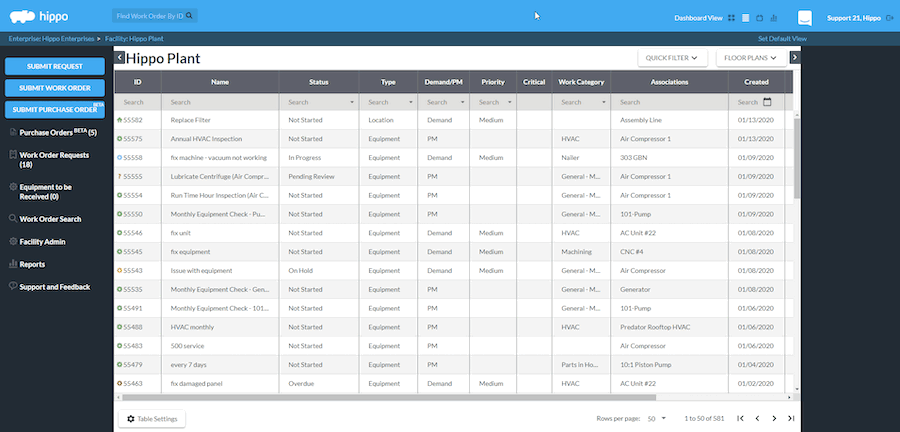How Associated Work Orders Help Keep Work in Order
Associated work orders can help you add information to existing records. The most common uses include:
- Updating or adding information to a work order that has already been closed
- Tracking additional work that came up during regular maintenance
- Tracking compliance for health and safety
Updating or adding information to a work order that has already been closed out
A User must have permission to edit a completed work order. If the User doesn't have the Edit permission then associating a work order is the way to go. By associating a new work order, you can attach invoices, parts, resource hours, and additional comments that were missed out on the original ticket.
Tracking additional work that came up during regular maintenance
During regular maintenance, you sometimes discover additional issues. By associating a new work order, you can connect the extra work to the PM.
Tracking compliance for health and safety
Audit trails of problems and fixes are an important part of proving compliance. Associating work orders with scheduled inspection ensures work is scheduled as soon as new issues are discovered.
How to create associated work orders
To associate a new work order to an open or closed-out work order:
- Create a new work order
- Type in the existing work order's ID, or scroll down the list of open work orders in the Associated Work Order field
- Click Add

To create a new associated work order from a closed-out work order:
- Open the closed-out work order
- Open the Associated Work Orders field and click add
- Fill out the new demand work order
- Click Submit

If you have any questions about when and how to use associated work orders, we'd love to help.
Contact us at support@hippocmms.com.
